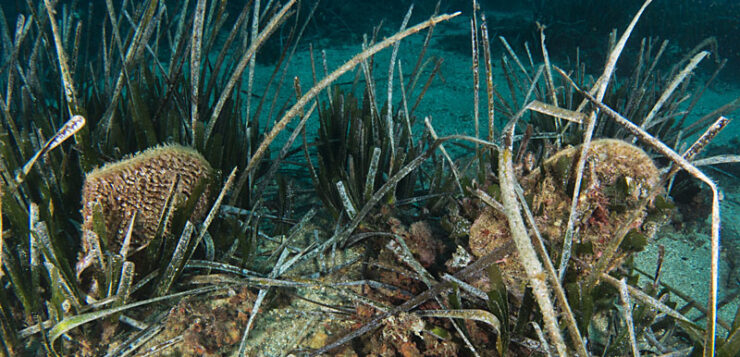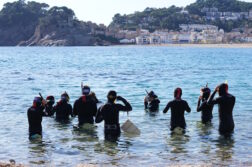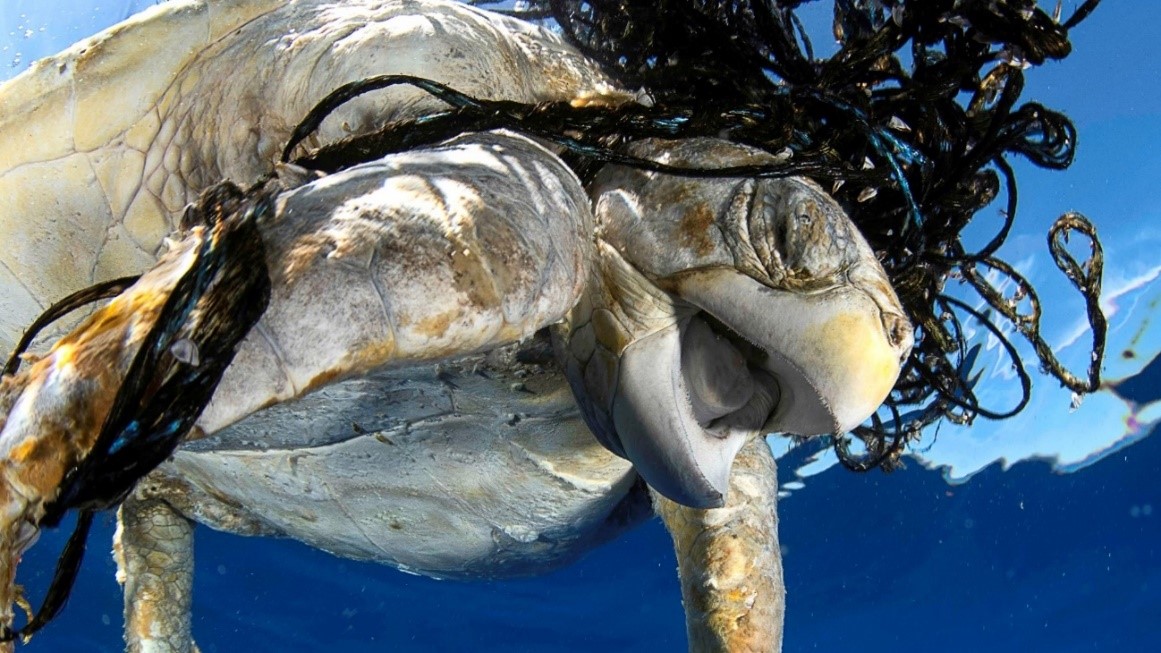This is the main conclusion of a nationwide report prepared by the citizen science platforms Observadores del Mar and RedPROMAR. The results show that marine citizen science projects can be significant allies in contributing to the implementation of tracking programs.
A new report from the citizen science platforms Observadores del Mar at CSIC and RedPROMAR from the Government of the Canary Islands warns that only 29.8% of threatened marine species in Spain—those listed in any national or international protection agreement—have some form of tracking program to assess changes in their populations or the ecosystems they inhabit over time.
This is the first study that analyzes the degree of implementation and the types of tracking programs for all marine species included in national and international treaties and agreements that are present on the Spanish coasts.
“This report aims to be a first reference point to have a more comprehensive view of the state of tracking programs and help improve their situation. We also want to highlight the value of citizen science platforms such as Observadores del Mar and RedPROMAR in contributing to the knowledge of threatened species on the Spanish coasts,” says Joaquim Garrabou, researcher and coordinator of Observadores del Mar.
The report has analyzed the status of tracking programs for 255 out of 328 threatened species in Spain, representing 78% of the total. The complexity of finding information has hindered the analysis of all 328 species.
The results of the report show that, out of the 255 threatened species analyzed, only 76, or 29.8%, have some form of tracking program in some area of their distribution along the Spanish coasts. On the other hand, the report reveals that out of the 1,837 tracking programs that should be active throughout the country for the analyzed species, only 214 are being implemented, representing only 11.6% of the total.
“There is a large number of species on our coasts included in international treaties and agreements. However, the monitoring of the conservation status of these species is clearly deficient,” laments Macarena Marambio, researcher at ICM and member of Observadores del Mar.
Another main conclusion of the report is the absence of an information system reporting the degree of implementation and types of tracking programs. According to the authors of the study, this is essential to harmonize ongoing and future tracking programs at the national level, as well as to identify current gaps and deficiencies and support evidence-based decision-making on the conservation status of species.
In this regard, Macarena Marambio points out that “accessing information about the existence and degree of implementation of tracking programs has been a major challenge since there is no formalized reporting system. It is necessary for administrations to work together to make information access more efficient and transparent.”
To date, Observadores del Mar and RedPROMAR had reported information on 66 and 104 threatened species in Spain, respectively, representing 40.7% and 60.8% of the total species. This highlights the utility of citizen science for studying ecological trends on broader temporal and spatial scales.
Furthermore, the authors emphasize that “these numbers could increase significantly if citizen science platforms focus on filling information gaps, and if resources are allocated by administrations for this purpose.”
Nevertheless, the authors of the report encourage the effective implementation of tracking programs for threatened species, consolidating and expanding existing programs along the entire coast and launching programs for missing species. In the design and implementation of programs, it is crucial to integrate citizen science initiatives.
“Increasing tracking programs and improving information exchange systems would allow a more effective assessment of the conservation status of threatened species in Spain, facilitating the implementation of more effective measures for their protection,” conclude the authors of the report.
INFORMATION BY AUTONOMOUS COMMUNITIES
Andalusia
In Andalusia, there are 221 threatened species, and only 44 (20%) have a tracking program. The group with the most tracking programs is birds, as out of 47 threatened bird species, 37 have a tracking program. See Figure 8 (page 32).
Asturias
The number of threatened marine species in Asturias is 119, and no information has been found for any of them regarding tracking programs. See Figure 9 (page 33).
Balearic Islands
The Balearic Islands have 149 threatened species, of which only 20 (13%) have a tracking program. Almost 50% of threatened bird species (13 out of 27 species) and mollusks (3 out of 8 species) have tracking programs. See Figure 10 (page 34).
Canary Islands
In the Canary Islands, there are 132 threatened species, and only 13 (10%) have a tracking program. See Figure 11 (page 35).
Cantabria
Cantabria has 120 threatened species, and only 15 bird species have a tracking program. Figure 12 (page 36).
Catalonia
Catalonia has 163 threatened species, and only 26 (16%) have a tracking program. See Figure 13 (page 37).
Ceuta
In Ceuta, there are 182 threatened species, and only one mollusk species has a tracking program. See Figure 14 (page 38).
Valencian Community
There are 161 threatened species, and 44 of them (27% of the total) have a tracking program. It is the community with the highest percentage of tracking programs for threatened marine species. See Figure 15 (page 39).
Galicia
In Galicia, there are 142 threatened species, and only 32 (23% of the total) have a tracking program. Only some threatened bird species have tracking programs. See Figure 16 (page 40).
Melilla
In Melilla, there are 165 threatened species, and none of them have tracking programs. See Figure 17 (page 41).
Murcia
Murcia has 165 threatened species, and none of them have a tracking program. See Figure 18 (page 42).
Basque Country
In the Basque Country, there are 118 threatened species, and only 19 bird species (16% of the total) have a tracking program. Figure 19 (page 43).





